November is an exciting month, especially for those interested in locally rare and unique birds, as it is the end of the migration season and the cusp of winter. With the country’s birders running about finding all sorts of goodies, I was just happy to have some good free days to explore areas I’ve never been to. As per usual, I turned to my bird-friend Adam Ota and we went on a spree of exciting trips to places that were new to us. The first took place on Nov 10th, when we visited Matash Ayalon, a water treatment centre located just beside Road 6, roughly between Ramla and the Ben Shemen Forest.
Now, most people wouldn’t think of a water treatment centre to be a choice place for a trip, let alone a birding excursion. However, the large reservoir of water attached to the centre is an ecosystem of its own, hosting a wide range of wildlife in and outside the murky waters. In the colder months of the year, it serves as a hotel for numerous duck species, as well as a nice handful of birds of prey to balance it all out.
Our trip started with a bus that took us to the area of Kfar Chabad, where we bumped into an old friend of mine from when I worked at the school. Another bus took us to the area of Azaria, practically on the banks of Nachal Gezer. Consulting Google Maps, we mapped out a nice and relatively direct walk to Matash Ayalon. In hindsight, it was amazing to have this added walk, as we saw so many interesting things along the way.
First and foremost, just as we left the road and entered the grassland via a small trail, Adam spotted our very first Mediterranean mantis (Iris oratoria). With such a strong start, our anticipation was mounting and we were shortly rewarded with another fantastic sighting. A sparrowhawk was spotted coming near, and we stood stock still as it suddenly dipped low and did a low pass over the barren field before us. I wish I had the photographic equipment to capture something this incredible, but to even watch it with binoculars as it glided less than a foot over the ground, was breathtaking.
It perched near us, allowing for a few mediocre pictures, and then flew off, leaving us to find another bird of prey. A marsh harrier made a low pass as well, disappearing before we got very good visuals but then reappearing with subtle grandeur. Kestrels and countless greenfinches, as well as some white wagtails and crested larks, entertained us as we made our way to the underpass that allowed us to safely cross Road 431. On the other side, the reservoir was almost close enough to touch.
As we approached from the southeast, we were confronted with large, empty fields which promised to be hiding something interesting. Adam scanned with his powerful 12×40 Soviet military binoculars and found us a steppe buzzard perched on some piled-up branches. Then, another kestrel which breezed right by, and a common buzzard up in the air. It’s glorious seeing so many birds of prey, but I was also itching to check out the ducks in the water below. On the way, though, we took a pause to pick some Syrian mesquite (Prosopis farcta) seed pods, which are edible and used as a mild seasoning in some areas of the world. Adam has since used some of the pods in some chicken soup, but reported that the taste wasn’t as pronounced as he had hoped.
The first ducks to be seen were some mallards and northern shovelers, with their big shovel-like bills, as well as some little grebes and coots. As we progressed down the road, more and more of the reservoir became visible until suddenly the whole southern bank revealed a ridiculous amount of ducks (and more). I was nearly speechless as I looked upon hundreds upon hundreds of ducks, which appeared to be primarily shovelers and teals, with a scattering of mallard, coots and several species of waders.
While the numbers were breathtaking, it was what happened next that truly amazed us. As we were looking around, noticing a few raptors here and there, a chunky falcon was flushed out from somewhere up ahead. It was mere moments before we locked on, with both binoculars and camera, and confirmed that it was a gorgeous peregrine falcon.
We were elated, as this was our second peregrine within weeks – the previous one, our first, was found in fields outside of Givat HaShlosha. What made these sightings even more exciting was that they were of different subspecies, this new one the nominate peregrinus, while the former was of the calidus suspecies, hailing from the faraway Russian tundra.
Properly stoked about this falcon, even though it flew away quite rapidly and disappeared without a trace, we continued our way down towards the main reservoir. As we neared, we started seeing more interesting waterfowl – species that we had never seen before. First up was the common pochard, an elegant tricoloured diving duck, and then there were some ferruginous ducks with their dark, mahogany-burgundy plumage and bright white eyes. If that wasn’t enough, a black-necked grebe paddled by, its bright red eye almost startling to see.
I was particularly excited when we found a few bobbing birds in the centre of the reservoir, as they turned out to be white-headed ducks, a much sought-after species for me. Interestingly enough, I had suspected that I may have seen a few of them in a pond on my wedding day, but was never able to confirm as the sighting happened as I was driving. In retrospect, perhaps I was mistaken back in February, but this time it was for real. The distinct brown bodies with the large white and black heads, combined with the long tail spike and big silver-grey bill make for quite a striking image.
Our spirits were high as we began canvassing the northern side of the reservoir, seeing some northern lapwings flap on by – another new species for us. There was truly a whirlwind of activity around us, and it was hard focusing on one thing at a time, because there was always something to see. In the distance, we spotted flocks of storks/cranes and starlings, while ever-present around us were marsh harriers, black-shouldered kites, kestrels and other birds of prey. It was chaos, but of the very best type.
As we began to grow accustomed to the excitement, we focused more on the small songbirds that were popping in and out of sight in the nearby vegetation. There were some tits, stonechats, a bluethroat and a whole lot of chiffchaffs, small warblers which had just arrived from Eurasia. We did not find the little bunting, a local rarity that master birder Yoav Perlman had reported a few days prior.
Having reached the gate to the Gezer power station, a gas-fueled behemoth of industry, we decided to turn back and explore the fields we had passed along the way. There, we saw more buzzards – including a fierce-looking long-legged buzzard – and some more kestrels. Only realising afterwards when I was looking through the 400 pictures I had taken that day, we had also seen a handful of skylarks, a field-loving species which comes to winter in the Holy Land.
Our wandering took us to an oddly out-of-place observation platform overlooking a semi-defunct quarry which is also home to the Ayalon Cave nature reserve. This cave was discovered accidentally by quarry workers in 2006, and, upon exploration, was found to be Israel’s second-largest limestone cave. This immense cave, with branches extending over 2.5 kilometres below ground, contains an underground lake, sealed off from the rest of the world for eons. When the researchers explored the cave they discovered eight new species which had never yet been seen in the world, although these were all invertebrate creatures, such as crustaceans and even a newly-extinct species of blind scorpions. Unfortunately for us, this cave isn’t open to the public.
We enjoyed the view for a few more minutes, watching the buzzards move from perch to perch down below, and then started to head back. We crossed back over Nachal Ayalon, a seasonal muddy stream at this point, and made our way back towards the underpass. Adam had brought some choice beef frankfurters and we made a quick fire for a nice and easy lunch. It amuses me that this sausage burning is becoming an adventure staple of ours, but it truly does add something magical to an already exciting day. There was the quick walk back through the fields, and a bus came to snatch us up for our return journey, bringing an end to our six-kilometre long meander.
This trip, to such a bonafide birding site, was so successful that it prompted us to hit the road two days later, when we visited another exceptional site – the fields and reservoirs of Tzora, located just outside of Bet Shemesh. The report of that exciting excursion will have to wait until the next, upcoming blog entry.
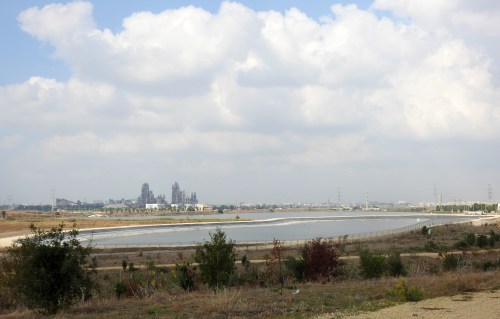
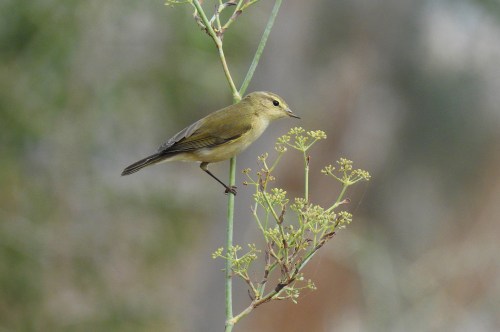
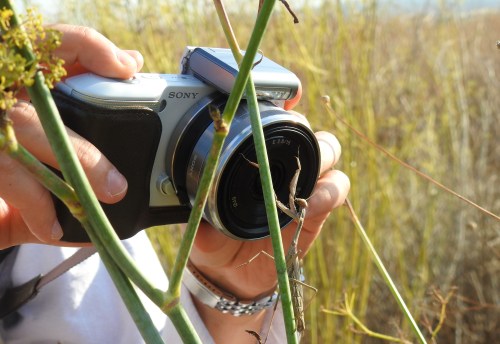
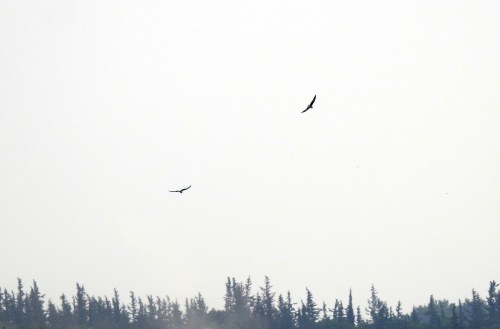
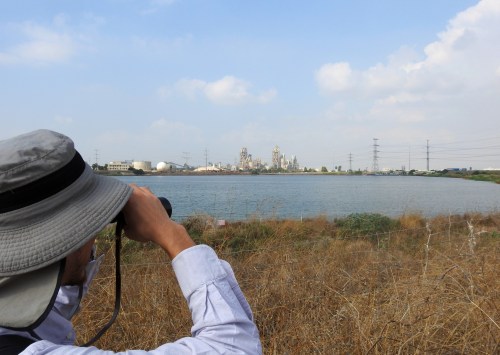


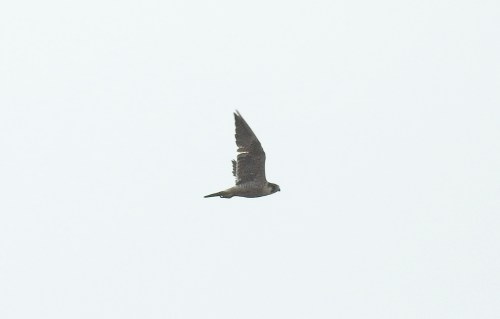


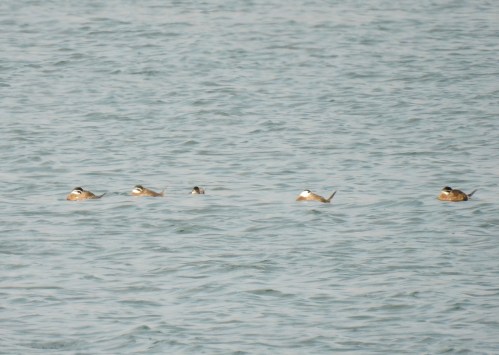


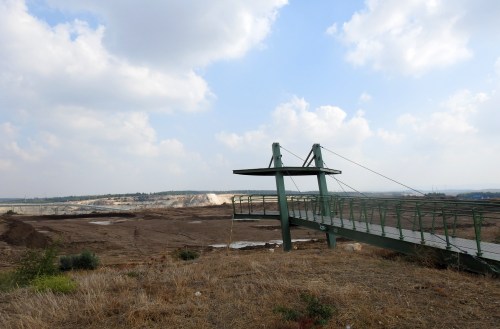


I enjoy your type of chaos. Thank you!
A pleasure, happy you enjoyed!
You take the BEST pics and I’m glad you aren’t letting COViD keep you inside. Israel has a lot of hidden sights and you go out into the highways & byways to capture these sights. Keep safe!
Thank you Bobbie! That’s a good way to put it, quite apropos.
[…] Continuing with a spree of bonafide birding trips, a few days after our highly successful visit to Matash Ayalon last November, we hit up the next hotspot, the fields and reservoirs outside of Tzora, a kibbutz […]
[…] focuses on our trip to the Hulda Reservoir this past December. With such astounding success at both Matash Ayalon and Tzora, it didn’t take much to inspire us to plan an adventure – but the frequent […]
[…] of water – Matash Tzor’s reservoir. Following great successes at other reservoirs (see Matash Ayalon and Hulda Reservoir), I decided that this easily-accessed location deserves a quick look. It proved […]
[…] the Christmas holiday and did a bit of adventuring on my lonesome. It started with a drive down to Matash Ayalon for some convenient, and guaranteed, quality birding – a known hotspot for wintering duck […]